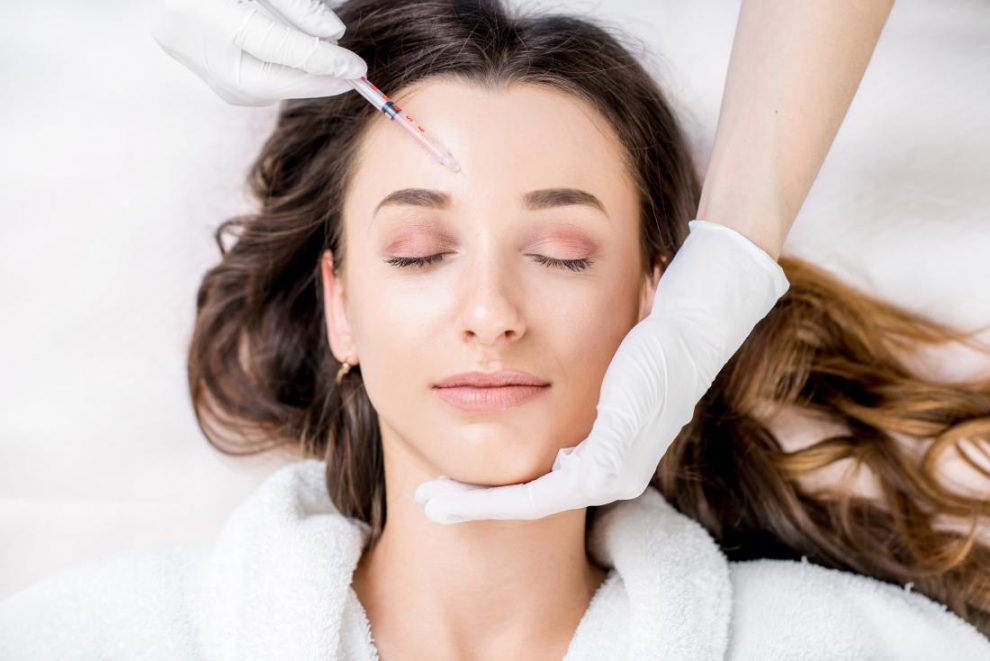Botox is a drug that causes temporary muscle paralysis by disrupting the nerve signaling process. When administered in small doses, Rockville Centre Botox can minimize skin wrinkles and treat conditions such as hyperhidrosis, lazy eye, chronic migraine, and cervical dystonia. Botox injections use onobotulinumtoxinA – a toxin produced by the microbe that causes a type of food poisoning called botulism. Due to its action method, specialists use botox injections to temporarily relax facial muscles that cause wrinkles around the eyes and forehead. Below is more insight on botox injections
How do you prepare for Botox injection?
Whether you are getting a Botox injection for medical or cosmetic reasons, it is essential to consult with your doctor. During an initial discussion, you will inform your doctor if you have had any Botox injections in recent months. You may also need to provide a list of your current medications and supplements. If you are using blood-thinning drugs, you temporarily discontinue their usage to reduce your risk of bleeding and bruising. Inform your specialist if you take allergy medications, muscle relaxants, and sleeping aids.
You may not be suited for Botox injections if you are allergic to cow’s milk protein. Specialists also advise against this treatment for pregnant and breastfeeding moms.
You must work with an experienced doctor who has performed this treatment before. Botox injections can be dangerous if administered incorrectly, so precision is essential. Working with a professional reduces your risk of complications and
What are the possible risks of Botox injections?
Botox injections are relatively safe when performed with a skilled professional. However, the treatment poses several side effects, such as tenderness, pain, and bruising at the injection site. Other complications include a crooked smile, headache, eye dryness or excessive tearing, and droopy eyelid. Although very unlikely, the toxin can spread to other body parts, causing symptoms such as vision problems, muscle weakness, breathing problems, trouble speaking, and loss of bladder control. Ensure that you contact your healthcare provider immediately if you notice any of these symptoms hours or weeks after receiving the injection.
What to can expect before and during the procedure
Most people can tolerate the discomfort during the procedure, but your doctor may numb your skin, especially if treating specific body parts, including your soles and palms. Your specialist may use topical anesthesia to reduce the discomfort as they administer the Botox. Next, the doctor injects small amounts of botulinum toxin into your muscles or skin using a thin needle. The number of injections given depends on various factors, including the extent of the treated area and your condition. After the procedure, you may return to usual activities, but you shouldn’t rub the treated areas for at least 24 hours. Rubbing or massaging the treated areas can cause the toxin to spread to other sites. You may notice the results within one to five days after treatment, but you will need subsequent regular injections to maintain the effects.
If you are unhappy with the crow lines and wrinkles on your face, book a session with your doctor at South Shore Vein Aesthetic Medicine for Botox injections to regain your youthful appearance.







